Fiddler crabs use dishonest signalling to bluff about their fighting ability. When a claw is lost, a crab occasionally regrows a weaker claw that nevertheless intimidates crabs with smaller but stronger claws.
By A Mystery Man Writer
Last updated 21 Sept 2024
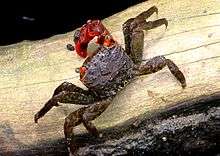
Fiddler crab

Fighting with an unreliable weapon: opponent choice and risk

The Fiddler crab on Hilton Head Island Photograph by Kim Pate - Pixels
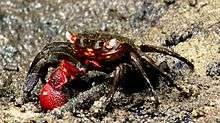
Fiddler crab
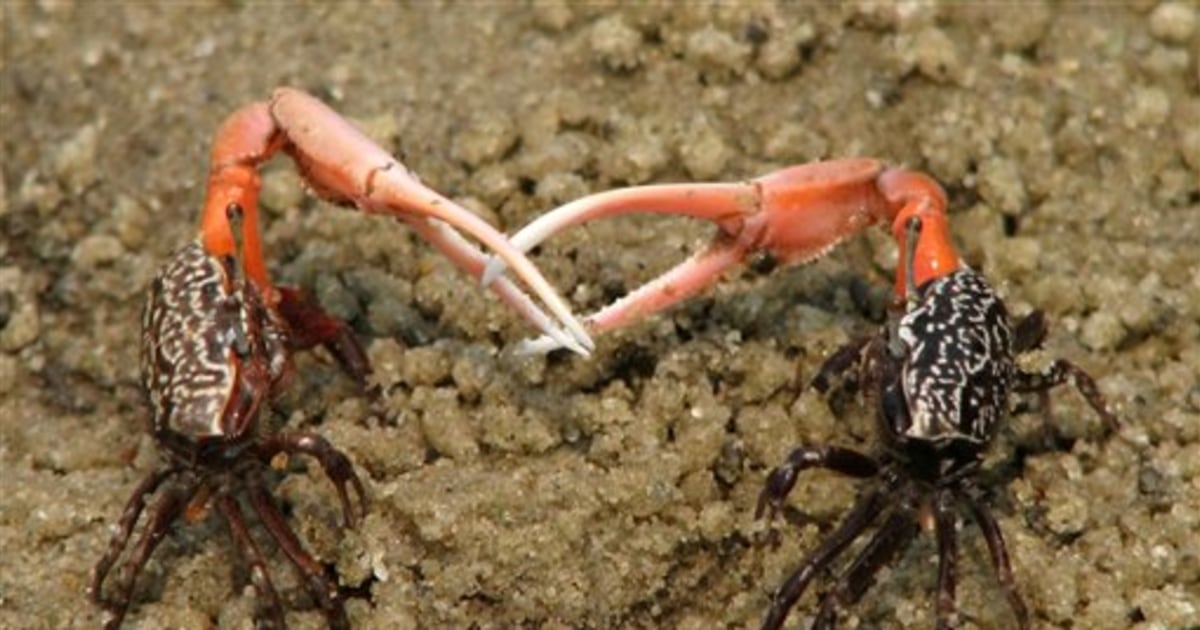
Fiddler crabs exchange sex for survival
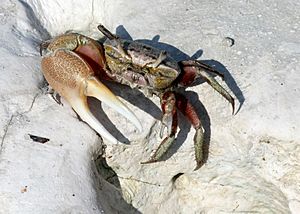
Fiddler crab Facts for Kids

Sexual Selection via Direct Male-Male Interactions

Fiddler crab - Alchetron, The Free Social Encyclopedia

Handedness in fiddler crab fights - ScienceDirect
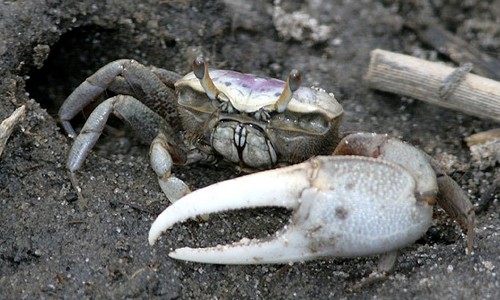
Fiddler Crab, Creatures of the World Wikia

Fiddler crab - Alchetron, The Free Social Encyclopedia
Recommended for you
 Popular Baits for Saltwater Fishing14 Jul 2023
Popular Baits for Saltwater Fishing14 Jul 2023 US Savage Gear Saltwater 3D Manic Crab Lure - PVC Wrasse Cod Sea Fishing Tackle14 Jul 2023
US Savage Gear Saltwater 3D Manic Crab Lure - PVC Wrasse Cod Sea Fishing Tackle14 Jul 2023 Crankbaits Hook Tackle Bionics Soft Crabs Fishing Bait Worm - Temu Canada14 Jul 2023
Crankbaits Hook Tackle Bionics Soft Crabs Fishing Bait Worm - Temu Canada14 Jul 2023- Crab, Fiddler Crab, Rubber, Crustaceans, Educational, Realistic14 Jul 2023
 How To Catch Fiddler Crabs (GREAT Bait For Sheepshead, Black Drum & Redfish)14 Jul 2023
How To Catch Fiddler Crabs (GREAT Bait For Sheepshead, Black Drum & Redfish)14 Jul 2023![Artificial Fiddler Crab 1-1/2 Natural 8 Pack Artificial Fiddler Crab 1-1/2 Natural 8 Pack AAFCS04 $7.99 [AAFCS04] - $8.49 : Almost Alive Lures, The best there ever was.](https://www.almostalivelures.com/shop/images/graphics/00000001/AAFCS04.jpg) Artificial Fiddler Crab 1-1/2 Natural 8 Pack Artificial Fiddler Crab 1-1/2 Natural 8 Pack AAFCS04 $7.99 [AAFCS04] - $8.49 : Almost Alive Lures, The best there ever was.14 Jul 2023
Artificial Fiddler Crab 1-1/2 Natural 8 Pack Artificial Fiddler Crab 1-1/2 Natural 8 Pack AAFCS04 $7.99 [AAFCS04] - $8.49 : Almost Alive Lures, The best there ever was.14 Jul 2023 Just fiddlin' around: Do these little crabs deserve their reputation as sheepshead candy?, Waterline14 Jul 2023
Just fiddlin' around: Do these little crabs deserve their reputation as sheepshead candy?, Waterline14 Jul 2023 Effective Baits for Fishing in St. Augustine, Florida14 Jul 2023
Effective Baits for Fishing in St. Augustine, Florida14 Jul 2023 3-Step Method To STOP Missing Sheepshead Bites14 Jul 2023
3-Step Method To STOP Missing Sheepshead Bites14 Jul 2023 Cranka Crab - Treble Hook Model - 18mm - Light 3.9 Gram – Allways Angling14 Jul 2023
Cranka Crab - Treble Hook Model - 18mm - Light 3.9 Gram – Allways Angling14 Jul 2023
You may also like
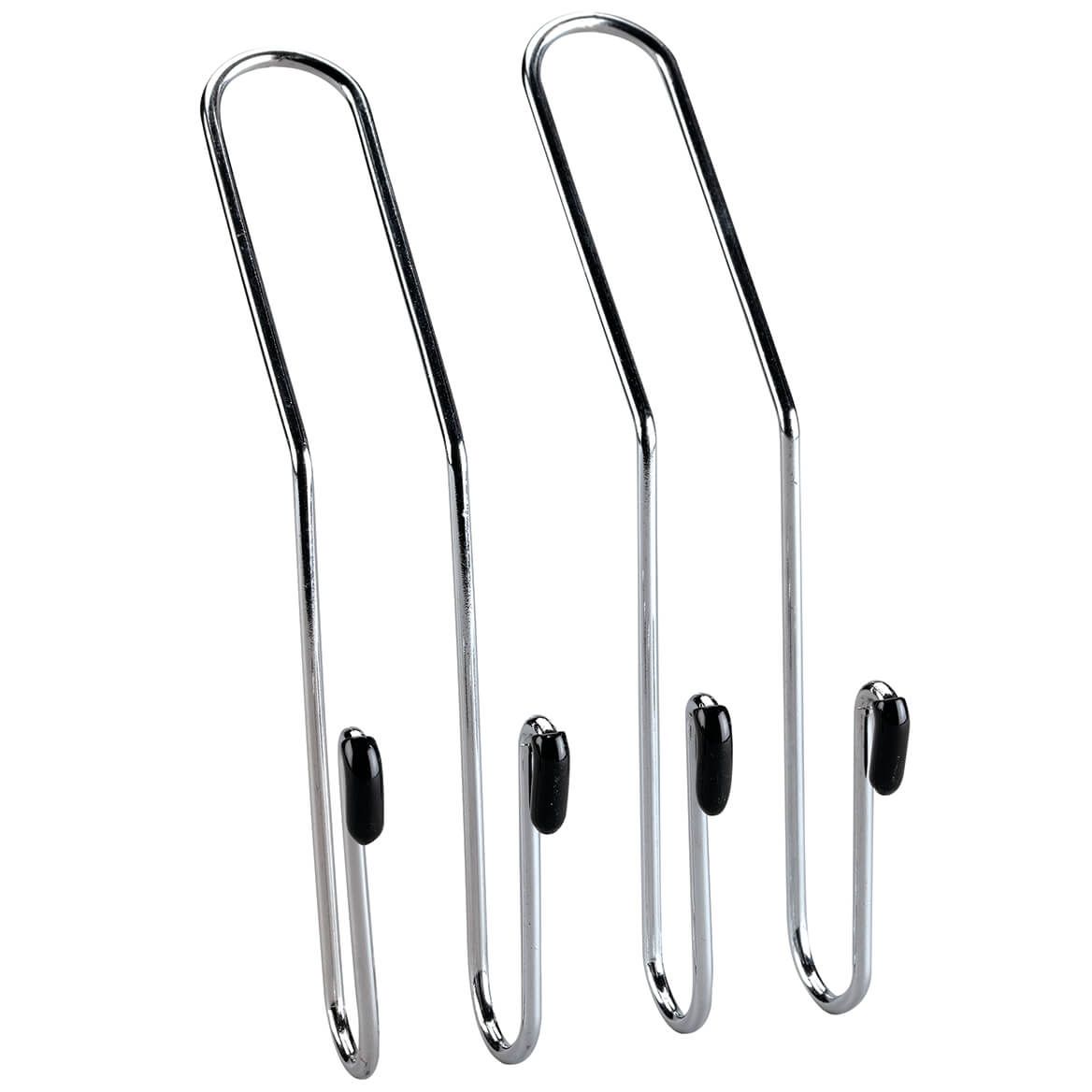 Metal Car Headrest Hooks, Set of 2 - Car Hooks - Miles Kimball14 Jul 2023
Metal Car Headrest Hooks, Set of 2 - Car Hooks - Miles Kimball14 Jul 2023- 1 3/4 oz. BigFish pencil popper! 2 - BigFish Bait Co.14 Jul 2023
 Gunlock Reservoir Bass Fishing. - Kraken Bass14 Jul 2023
Gunlock Reservoir Bass Fishing. - Kraken Bass14 Jul 2023 Shot Down Behind Enemy Lines: An 82nd Airborne Stick's Survival at Market-Garden - Warfare History Network14 Jul 2023
Shot Down Behind Enemy Lines: An 82nd Airborne Stick's Survival at Market-Garden - Warfare History Network14 Jul 2023 Three Small Children On The Pier Have Cast Their Fishing Rod And Gaze At The Surface Of The Sea. Little Friends On A Fishing Trip. Fishermen Are Waiting For The Bite. Children14 Jul 2023
Three Small Children On The Pier Have Cast Their Fishing Rod And Gaze At The Surface Of The Sea. Little Friends On A Fishing Trip. Fishermen Are Waiting For The Bite. Children14 Jul 2023 Metal Wall Hanging Coat Hook Black White Hanger Key Chain Coat14 Jul 2023
Metal Wall Hanging Coat Hook Black White Hanger Key Chain Coat14 Jul 2023 Golberg Diamond Braid Utility Nylon Rope - All-Purpose Rope - 1/814 Jul 2023
Golberg Diamond Braid Utility Nylon Rope - All-Purpose Rope - 1/814 Jul 2023 custom branding - Golf Ball Markers - The Original Cap Magnet14 Jul 2023
custom branding - Golf Ball Markers - The Original Cap Magnet14 Jul 2023 Powder Coated Aluminum 2 Rod Fly Rod Rack14 Jul 2023
Powder Coated Aluminum 2 Rod Fly Rod Rack14 Jul 2023/product/31/3881752/2.jpg?0188) Fashion Men's Sunglasses Polarized UV Sunglasses Gold14 Jul 2023
Fashion Men's Sunglasses Polarized UV Sunglasses Gold14 Jul 2023

